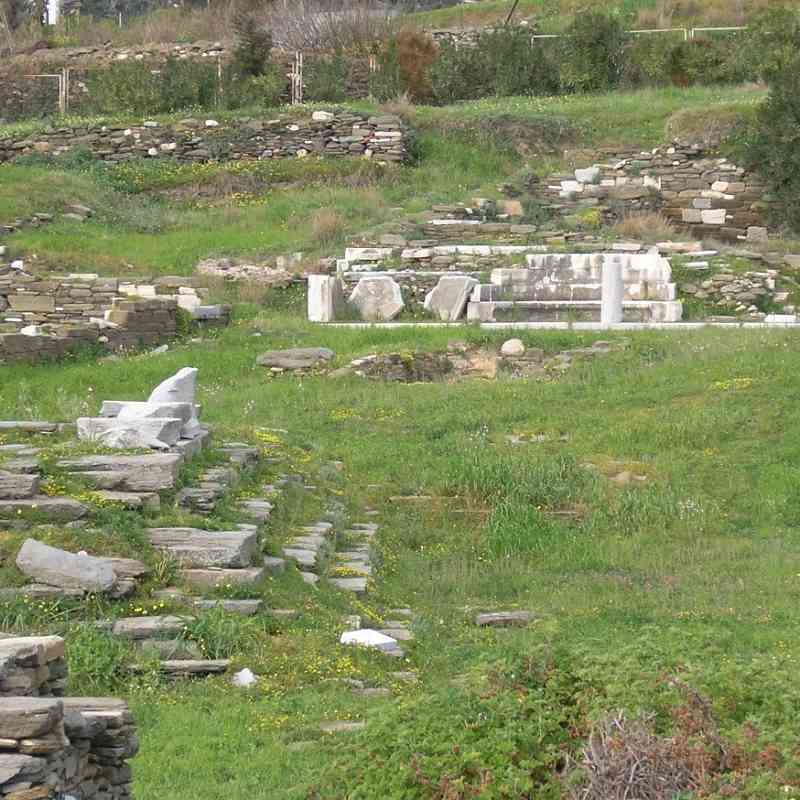The Area of Kionia
Kionia is situated in the south region of Tinos, at a distance of only 2.5 km from the town centre. The beach of Kionia, which extends over approximately 1.5 km, has beautiful, crystal-clear waters and it is sandy with some shingles. It is considered one of the largest beaches on the island. Along the beach, there are a series of “almirikia” trees (trees that grow along beaches on the sand), and plenty of shade, while the two corners of the beach are more organized, with beach bars, sunbeds, umbrellas and water sports.
Taverns, “mezedopolia” (restaurants that specialize in small dishes), and cafes meet the demands of all visitors and make one’s holidays more enjoyable.During the summer months, there are frequent bus services to and from the Hora (approximately every 30 minutes), while taxis or radio taxis also assist transport (approximately 4-5 Euros for the trip).



